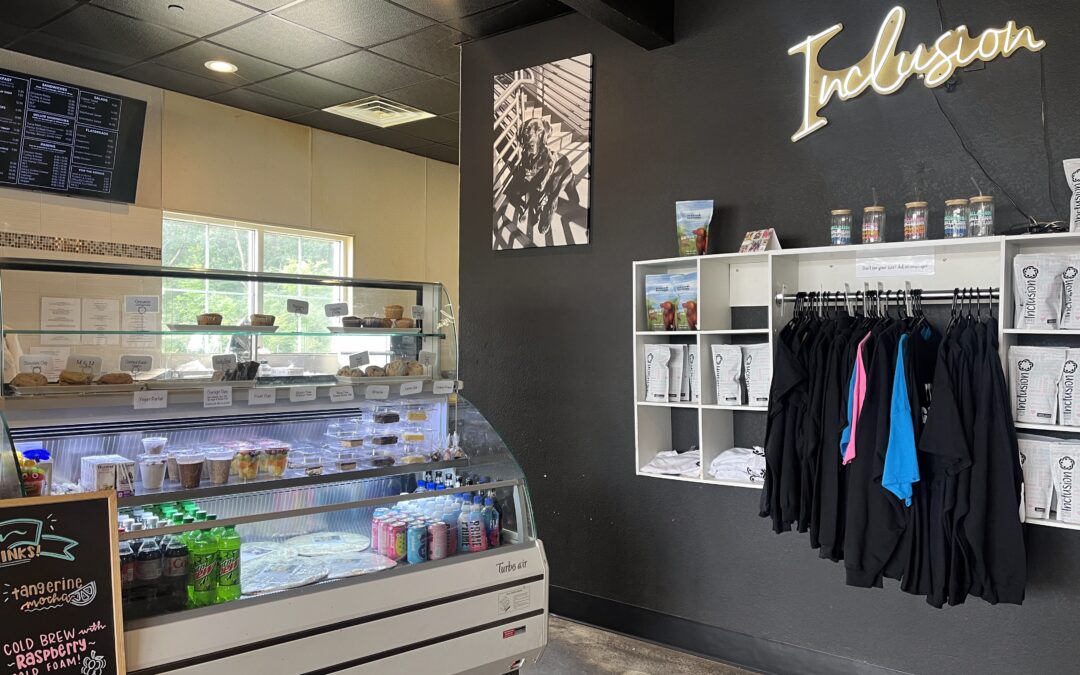Choosing between public and private school can feel overwhelming for parents, as education plays a crucial role in shaping a child’s future. Both options offer unique benefits, and the right choice depends on your child’s needs, family values, and resources. Here are key considerations to help guide parents through the decision-making process.
1. Assessing Your Child’s Needs and Learning Style
Every child is unique, and their learning environment should reflect that. Public schools often provide diverse classroom settings, which can help children develop social skills by interacting with students from various backgrounds. Meanwhile, private schools might offer smaller class sizes, more personalized instruction, or specialized programs for students who need additional academic support or enrichment.
2. Evaluating Curriculum and Extracurriculars
Public schools follow state-mandated curricula and offer a wide range of extracurricular activities, from sports to theater. However, private schools sometimes have more flexibility in their teaching approaches, offering alternative education models, religious instruction, or advanced programs not found in public schools. Consider whether a specific teaching philosophy or extracurricular offering is important for your child’s development.
3. Financial Considerations
Private schools can be expensive, with tuition costs that vary widely. While some offer financial aid or scholarships, many families find public schools more accessible. It’s important to evaluate whether private school tuition fits into your long-term financial plans and whether the benefits align with the cost.
4. School Environment and Values
Think about the kind of environment that will help your child thrive. Public schools typically reflect the community’s demographics, providing a broad social experience. Private schools, on the other hand, may align with specific religious or cultural values, which could be important to your family.
5. Location and Commute
The convenience of a school’s location also matters. Public schools often have nearby campuses and transportation services, while private schools might require a longer commute. Consider how travel time could impact your child’s daily routine and extracurricular commitments.
Finding the Right Fit
Ultimately, the choice between public and private school is deeply personal and should reflect your child’s needs, your family’s values, and your financial situation. Remember, there’s no one-size-fits-all solution—what matters most is finding a school where your child feels supported, challenged, and excited to learn. Take the time to visit schools, speak with teachers, and involve your child in the decision to ensure it’s the right fit for everyone.










